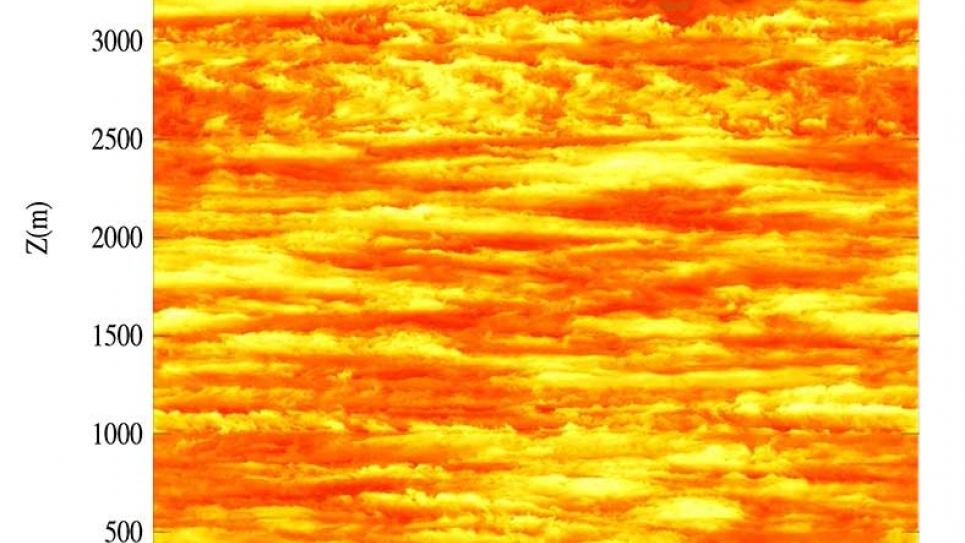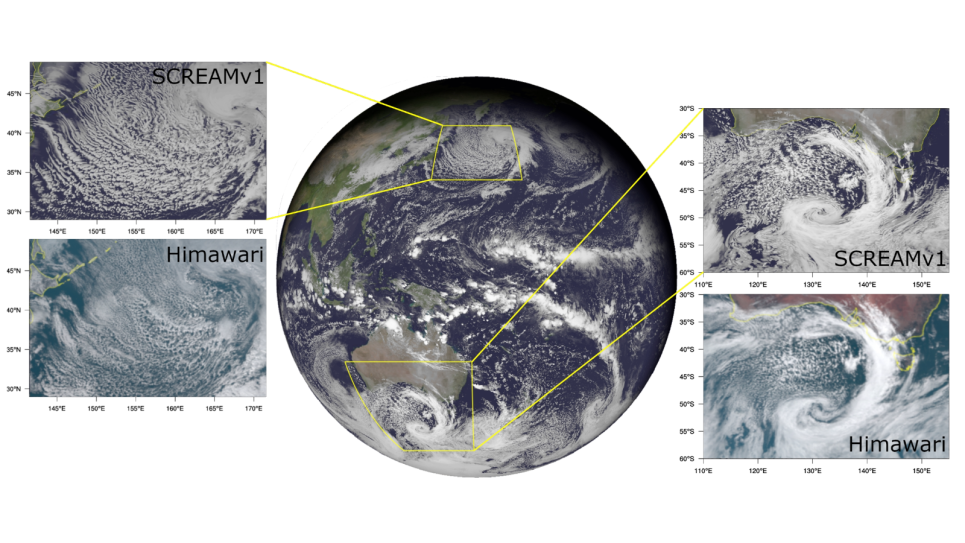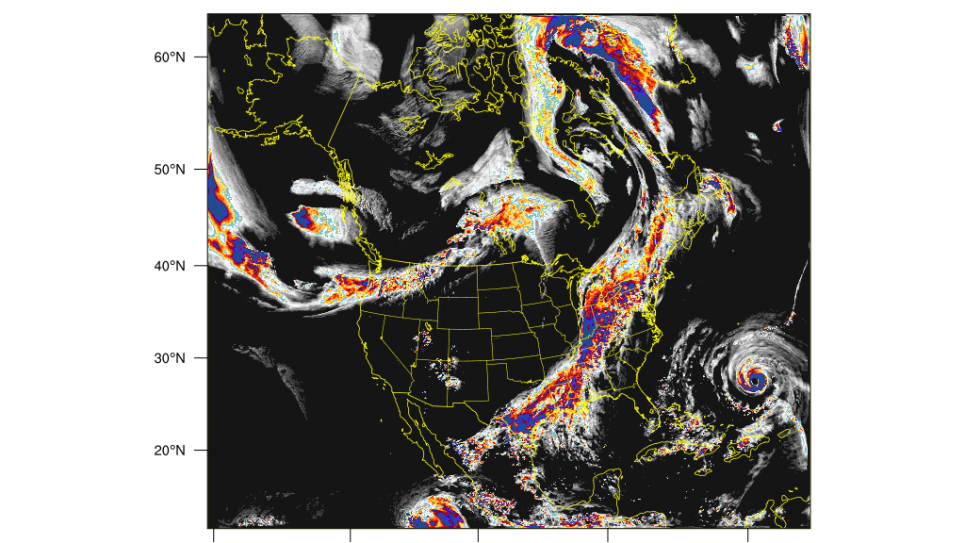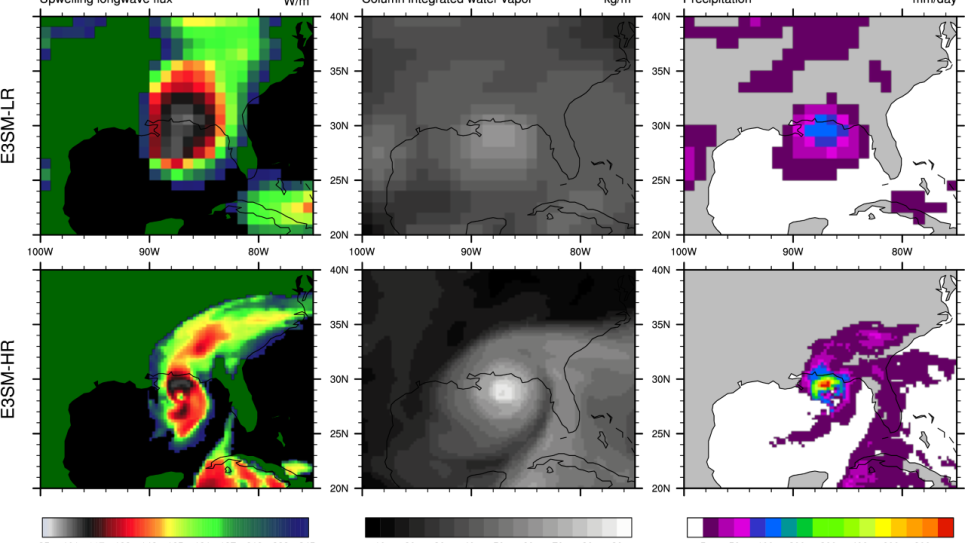
Evaluation of Mesoscale Atmospheric Model for Contrail Cirrus Simulations
As the demand of air travel continues to grow, the environmental impact of aviation represents a source of increasing concern among scientists and policymakers. Because of long residence time, low background concentrations and large radiative sensitivity at cruise altitude, aircraft emissions can affect the chemical composition of the atmosphere and modify or create additional ice clouds in the upper-troposphere-lower stratosphere (UTLS) in the form of contrails and cirrus clouds.
These “contrail cirrus” have an important environmental significance because they artificially increase Earth’s cloudiness, and become almost indistinguishable from natural cirrus.
This project will use large eddy simulations to analyze the three-dimensional structure and the ice particle distribution of a contrail generated from an airliner flying at cruise altitude. Simultaneously, this project will also provide a unique opportunity and insight into the physics of contrails cirrus in atmospheric situations found in typical commercial routes.
The project will be carried out in two main steps:
- Researchers will select one flight of the campaign corresponding to a given set of ice microphysical properties (size distribution and shape) and spatial structure. Researchers will test two different turbulence-forcing parameters that reproduce the observed turbulence characteristics. This defines the initial time t0 of the LES.
- Meso-NH will be run for an additional hour of physical time and the results contrasted with the observed data at t0+1h. Researchers will vary up to six sets of optical properties of the model in such a way to match the size and particle distributions of the experiment.


